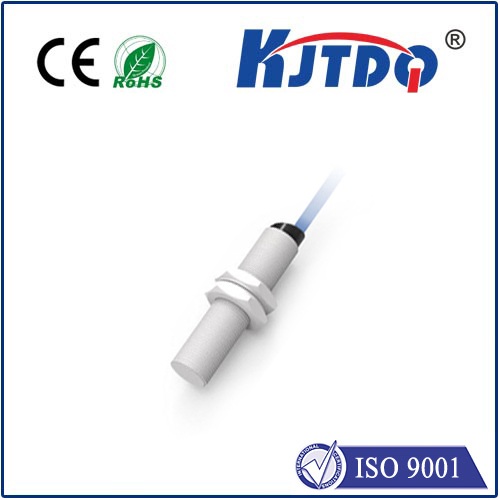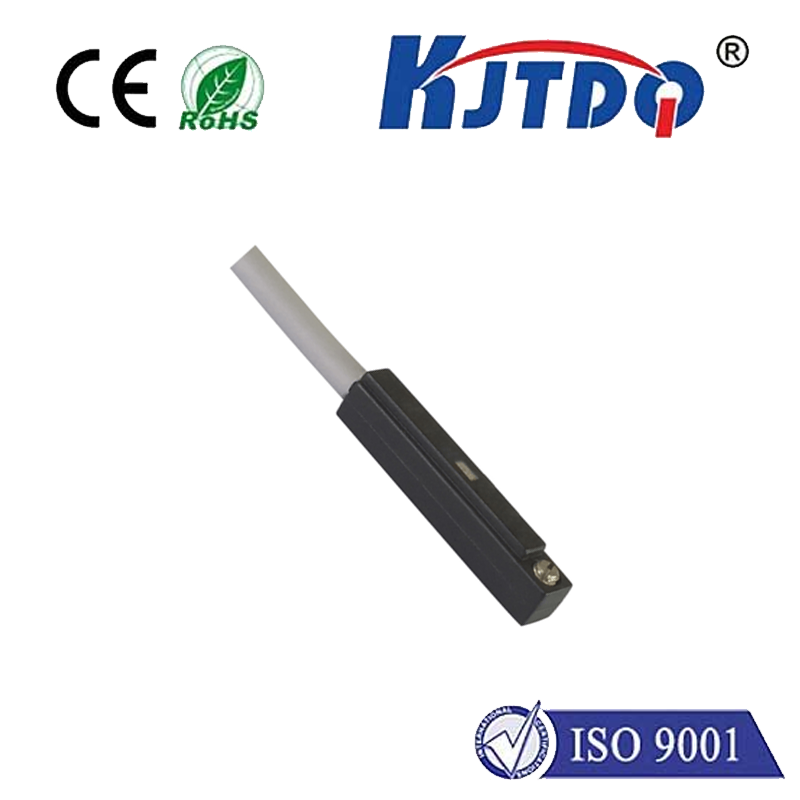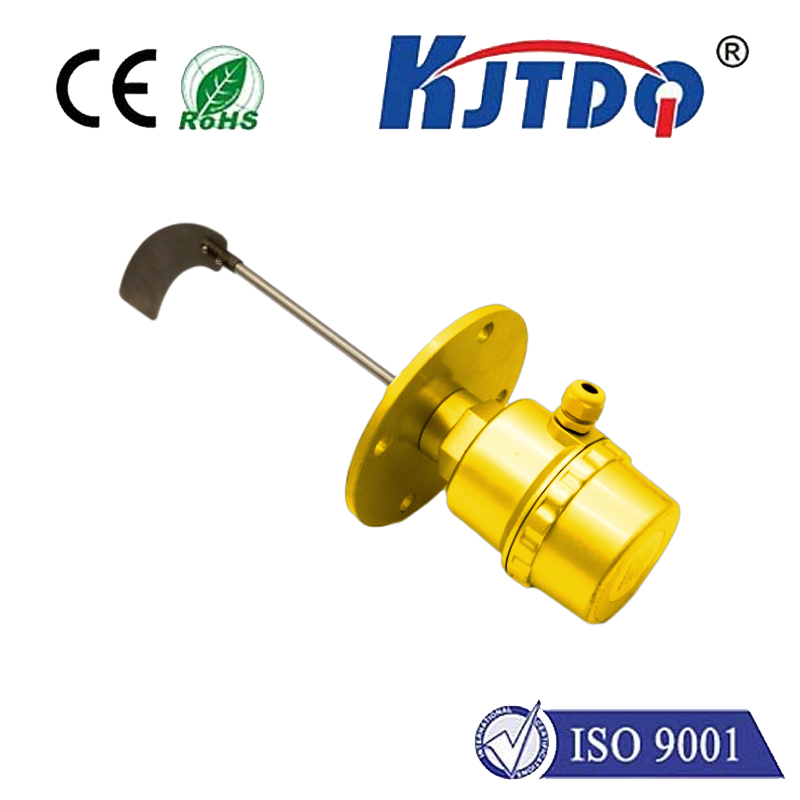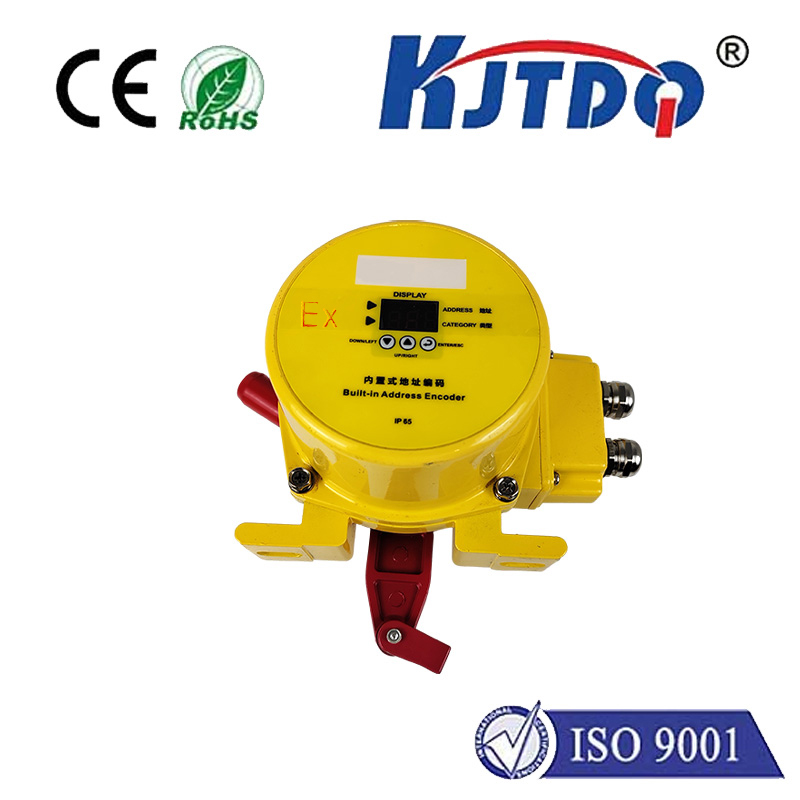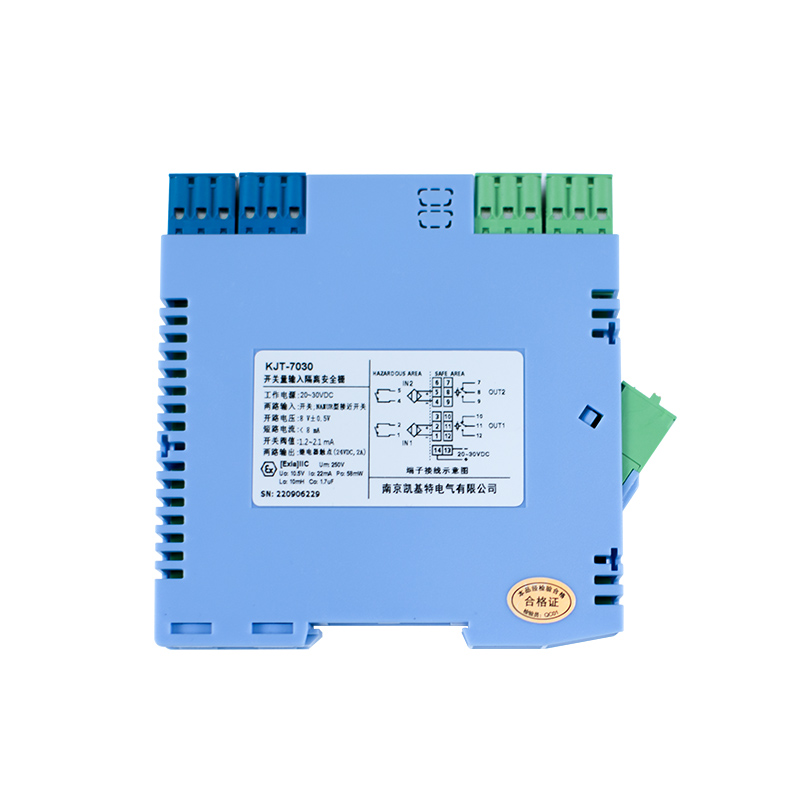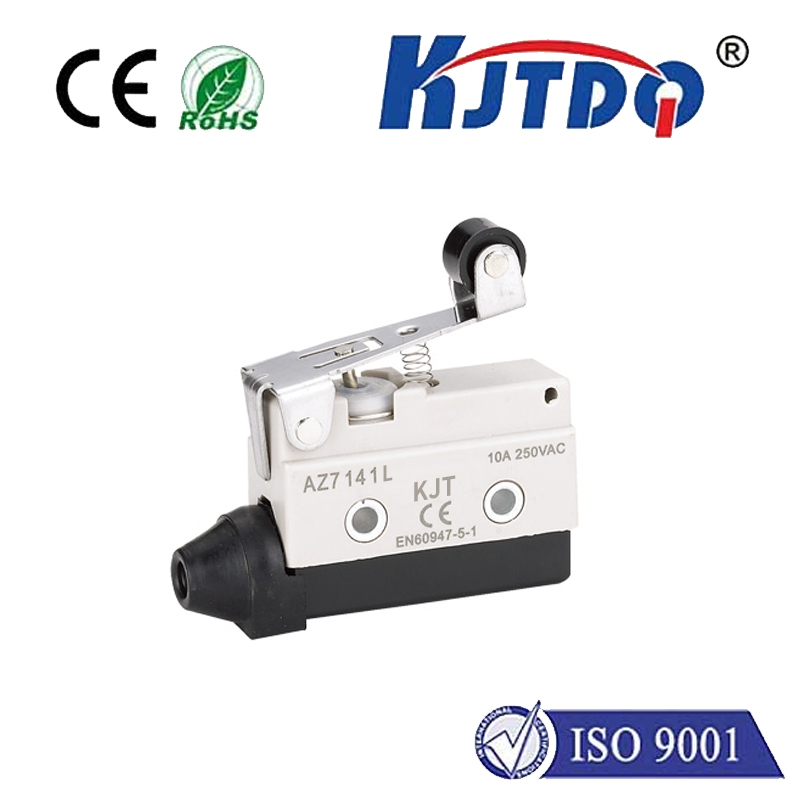external temperature sensor
- time:2025-08-23 04:26:29
- Click:0
Beyond the Walls: Why an External Temperature Sensor is Your Silent Guardian
Accurate temperature data isn’t always found indoors. What happens when the environment you need to monitor is outside the controlled confines of a building, a server rack, or a vehicle cabin? This is where the external temperature sensor emerges not just as a tool, but as a critical component for safety, efficiency, and scientific integrity across countless applications. Imagine losing precious pharmaceutical stock due to an unnoticed warehouse freezer failure, or critical machinery overheating because its ambient environment wasn’t tracked. An outdoor temperature probe acts as your vigilant eyes where internal systems simply cannot see.
The Critical Role of Monitoring the Uncontrolled Environment
Unlike internal sensors focused on specific machinery or room conditions, an ambient temperature sensor placed externally provides insights into the broader environment influencing your operations or assets. This seemingly simple data point unlocks numerous benefits:
- Enhanced Process Control & Efficiency: Industries like agriculture rely on precise external readings for greenhouse climate management, irrigation scheduling, and frost prevention. HVAC systems utilize outdoor air temperature sensors to optimize heating and cooling cycles based on real-time conditions, significantly improving energy efficiency and reducing costs. Data centers monitor external air temperature to leverage efficient “free cooling” strategies when ambient conditions allow.
- Asset Protection & Safety: Monitoring the environment surrounding sensitive equipment (generators, transformers, outdoor enclosures) is vital. An external temperature probe can trigger alarms if temperatures rise to levels threatening equipment lifespan or creating fire hazards. Similarly, safeguarding stored goods – from perishable food and pharmaceuticals in cold storage yards to artwork in unheated warehouses – demands reliable outdoor temperature monitoring.
- Weather & Environmental Science: Meteorological stations depend heavily on highly accurate ambient temperature sensors placed in standardized shelters away from artificial heat sources. Environmental researchers track microclimates, urban heat islands, and ecosystem changes using networks of these sensors. Even home weather enthusiasts gain valuable hyper-local data.
- Transportation & Logistics: Ensuring the integrity of temperature-sensitive cargo during transit requires constant monitoring of the trailer or container’s external environment. An external temperature sensor provides crucial data for compliance and quality assurance in cold chain logistics.
- Smart Homes & Buildings: Integrating an outdoor temperature sensor with smart thermostats enables truly responsive climate control, adjusting indoor settings proactively based on external changes. It also informs smart irrigation systems and provides valuable context for home automation.
Key Features Defining a Reliable External Temperature Sensor

Not all temperature sensors are created equal, especially when exposed to the elements. A robust external temperature sensor must possess specific attributes:
- Ruggedness & Weather Resistance: Essential is a high Ingress Protection (IP) rating (like IP65, IP67, or higher) indicating resistance to dust, water, and humidity. The housing and probe material must withstand UV degradation, corrosion, and physical impacts.
- Wide Operating Temperature Range: The sensor itself must function accurately across the extremes it’s designed to measure, whether facing scorching desert heat or sub-zero arctic chills. Thermistor or RTD (Resistance Temperature Detifier) elements are common choices.
- High Accuracy & Stability: Precision is paramount. Low drift over time ensures consistent, reliable readings without needing frequent recalibration. Look for sensors specifying accuracy levels (e.g., ±0.5°C) and long-term stability metrics.
- Shielding from Solar Radiation: Direct sunlight causes significant measurement error. High-quality outdoor temperature probes incorporate radiant heat shields (passive or aspirated) that protect the sensing element from solar radiation while allowing ample airflow for accurate ambient air measurement.
- Secure Connectivity: Ability to reliably transmit data via cable (analog, digital like Modbus) or wireless protocols (Wi-Fi, LoRaWAN, Zigbee, cellular) back to a monitoring system, controller, or cloud platform.
Understanding Sensor Types for External Deployment
Choosing the right technology impacts accuracy, range, and cost:
- Thermistors: Offer high sensitivity and accuracy within a moderate temperature range at a relatively low cost. Primarily used for narrower ranges common in many industrial and environmental applications.
- RTDs (Pt100, Pt1000): Provide excellent accuracy, stability, and linearity over a wide temperature range. They are often the preferred choice for scientific, industrial, and calibration-grade outdoor temperature monitoring due to their superior performance, though usually at a higher cost than thermistors.
- Thermocouples: Known for extremely high-temperature measurement capability and durability. Less common for general ambient monitoring due to lower inherent accuracy compared to RTDs or thermistors and the need for cold junction compensation. Suited for specific high-heat industrial external environments.
- Integrated Digital Sensors (e.g., DS18B20): Affordable, easy-to-use chips providing digital outputs. While convenient and weatherproofed versions exist, their accuracy and long-term stability might be lower than dedicated RTD or thermistor probes for critical applications.
Connectivity: Getting the Data Where it Needs to Go
The external temperature probe is only the first link. How data travels is crucial:
- Wired (Analog/Digital): Traditional cables (twisted pair, shielded) offer robust, interference-resistant connections over moderate distances. Options include simple voltage/current analog signals or digital protocols like Modbus RTU. Ideal where wireless is impractical or interference is high.
- Wireless (Short-Range): Wi-Fi, Bluetooth Low Energy (BLE), or Zigbee are common for consumer or building-level applications, connecting sensors to local gateways or hubs.
- Wireless (Long-Range/Low-Power): Networks like LoRaWAN, NB-IoT, or Sigfox enable LPWAN (Low-Power Wide-Area Network) connectivity. This is transformative for deploying numerous ambient temperature sensors across large, remote areas (farms, forests, logistics yards) with minimal power consumption, transmitting data kilometers back to a central gateway.
- Cellular (Cellular IoT): Using existing cellular networks (LTE-M, NB-IoT, 4G/5G) offers wide coverage where LPWAN isn’t available, suitable for mobile assets like shipping containers or construction equipment. Power consumption is generally higher than LPWAN.
Ensuring Trustworthy Data: Placement & Best Practices
An external temperature sensor only delivers valuable insights if installed correctly:
- Location, Location, Location: Position away from artificial heat sources (exhaust vents, AC units, machinery), reflective surfaces, asphalt, and building overhangs that trap heat. Avoid enclosed, poorly ventilated spaces.
- Height Matters: Standard height for meteorological-grade ambient air temperature is 1.25 - 2 meters (4-6 feet) above ground level over a natural surface (grass/soil).
- Radiant Shield Crucial: Always use a properly designed radiant heat shield (passive multi-plate or fan-aspirated for maximum accuracy) to block solar radiation and promote airflow around the probe.
- Weatherproofing Integrity: Ensure all cable entry points and enclosures are sealed to the appropriate IP rating for the environment.
- Verification: Periodically verify sensor accuracy against a calibrated reference instrument, especially after extreme weather events or physical disturbances.












